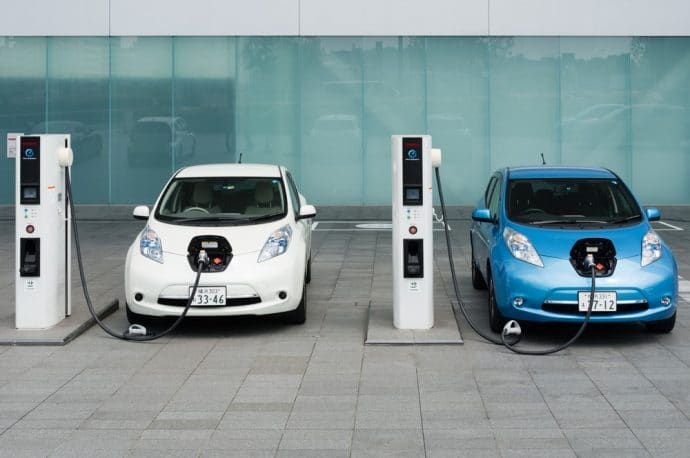The automotive industry had big hope for electric vehicles (EVs.) As an environmentally friendly alternative to the standard diesel car, manufacturers were expecting to see a massive shift in consumers’ preferences. However, since their debut, electric vehicles account for less than 1.4% of the total market share.
The problem with EVs is that the negatives (high costs, battery maintenance, long charging times, lack of charging facilities and short driving ranges) outweigh the positives. But, that’s not to say that people don’t have an interest in electric vehicles. The market is still in its infancy and has a long way to go until it reaches the mainstream audience.
In spite of the problems most manufacturers encountered in appealing to the mass market, one of them managed to create an EV vehicle that exceeded any expectations.
We’re talking about Nissan LEAF.
By the end of 2015, Nissan Juke sold more than two of its main competitors combined. That’s impressive, considering that the 2017 Leaf S model starts from $30,000 and the higher-ends can reach $38,000.
The good news, though, is that you can find certified pre owned vehicles for sale. All kind of car models starting at around $7,000-8,000.
Now, buying a used car can be tricky, especially when we’re talking about an EV. So, here are a few things to watch for to make sure your future Nissan Leaf is in good shape.
Battery Pack
2011 and 2012 LEAFs had battery issues, registering high depreciation in hot temperature. Since then, Nissan has made constant improvements.
Depending on the state you live in, Nissan provides a warranty against capacity loss in batteries that fall below nine bars (a new battery has 12 bars) for the first 8 years/100,000 miles and up to 10 years/150,000 miles. The S model though provides protection just for the first 5 years/60,000 miles.
It’s not unusual for an old model to show 9 or 10 bars on the battery meter. If you find an old Nissan Leaf that shows 12 bars, be suspicious. Some dealers have figured out a way to trick the computer, so it reads 12 bars even on old cars. The vehicle will continue to show the false reading for a few weeks, so it’s hard to determine if the numbers are real. Make sure to check and double check before deciding on a pre-owned electric Nissan.
On the other hand, if you are lucky enough to find a LEAF whose battery capacity reads below nine bars and it’s still under warranty, you can expect the company to repair or even replace the battery.
Make sure to check if the warranty is still available. You can do this by taking the VIN to an authorized Nissan dealer to find out of the car is covered.
DC Fast Charge
When it comes to charging, not all LEAF models are created equal. Some of them come with a quick-charging port that allows you to charge your battery up to 80% capacity in just 30 minutes. Others, however, might take up to several hours and require a 240V station. It all depends on the year and model.
To tell if the car has a DC fast charger, look at the orange cables at the front of the hood. If you see three of them, then the vehicle allows quick-charging. If there’s just one cable, it doesn’t.
On 2013-2016 SV models you can also look at the headlights since cars with a quick-charging port have LED lights instead of halogen.
On Board Charger
Besides the fast charger, some LEAF models also have an onboard charger of 3.3 or 6.6 kW.
A 6.6 kW onboard charger will reduce by half the time you’ll need to fully recharge the battery at a common 240V power source – from 8 to 4 hours.
Keep in mind that 2011-2012 models don’t have onboard chargers, but you can find them on 2013-2017 ones.
Heat Pump Heater
Nissan LEAFs come with either a heat pump or a resistance heater. A heat pump is more efficient than a resistance heater because it reduces the energy needed to warm the car during winter.
Nissan introduced this feature in 2013. However, is optional for S models, so be sure to check it before signing the papers.
Model Year Changes
A lot of things changed since Nissan LEAF’s launch in 2011. They company started adding standard or optional heat pumps, DC fast chargers, 6.6kW on-board chargers, heated steering wheels, LED headlights, and so on. They’ve created more space in the cargo area and removed some aluminum body panels that reduced the body weight significantly.

